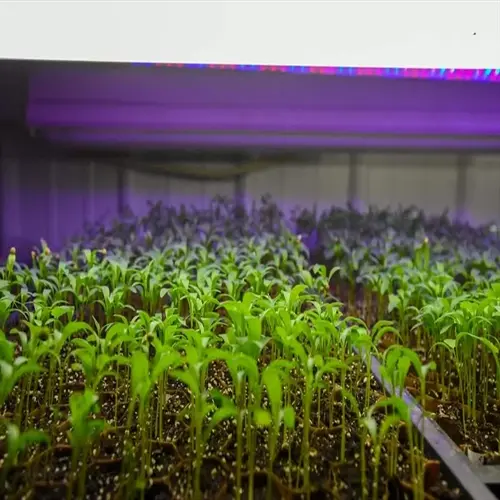What is transplant shock?

Written by
Nguyen Minh
Reviewed by
Prof. Samuel Fitzgerald, Ph.D.Transplant shock happens when sensitive roots are damaged in the transplant process and the origins temporarily stop growing. The stress response is characterized by wilting, yellowing leaves, and stunted growth. I witnessed horror and shock in my garden after the rough transplanting of tomato seedlings, resulting in the loss of weeks of growth. Soft methods would have avoided this.
Immediate Response
- Apply shade cloth for 48 hours to reduce stress
- Water thoroughly with vitamin B solution
- Avoid fertilization until new growth appears
Long-Term Care
- Maintain consistent soil moisture without saturation
- Monitor for secondary pest/disease attacks
- Delay pruning until full recovery
Identify primary symptoms rapidly. Wilting, during cooler parts of the day, indicates shock, and yellowing leaves indicate disrupted nutrient uptake. Purple stems indicate cold stress. If you can catch it within 24 hours, you'll have a far better chance of success. I'm using a diagnostic flow chart that does a decent job of identifying each stage of shock.
In most cases of shock, the damage takes place at the root level. This is because broken root hairs effectively limit water uptake, and torn main roots subsequently limit nutrient uptake. We need to support the root ball like a thin eggshell, so you have to help the root ball from below when handling it physically. An 80% survival rate came with this method on my seedlings.
Environmental factors can exacerbate shock. Direct sunlight on foliage after transplanting can scorch the leaves, while wind facilitates moisture loss. Transplant only in overcast conditions, or use temporary shade structures to protect your transplants. This single step significantly reduced shock in my garden!
Encourage recovery through hydration. Water deeply, but not often, to promote new root development. I use moisture meters to maintain a soil moisture level of 50%. A plant shocked by overwatering develops root rot, which complicates everything.
Prevent shock through prior preparation. Hardening off seedlings builds resilience, while soaking roots before transplant mitigates transplant stress. My prevention routine also includes seaweed extract applications, which benefit the plant by enhancing its natural defense mechanisms against the stresses caused by transplanting.
Read the full article: When to Transplant Seedlings: Ultimate Guide

